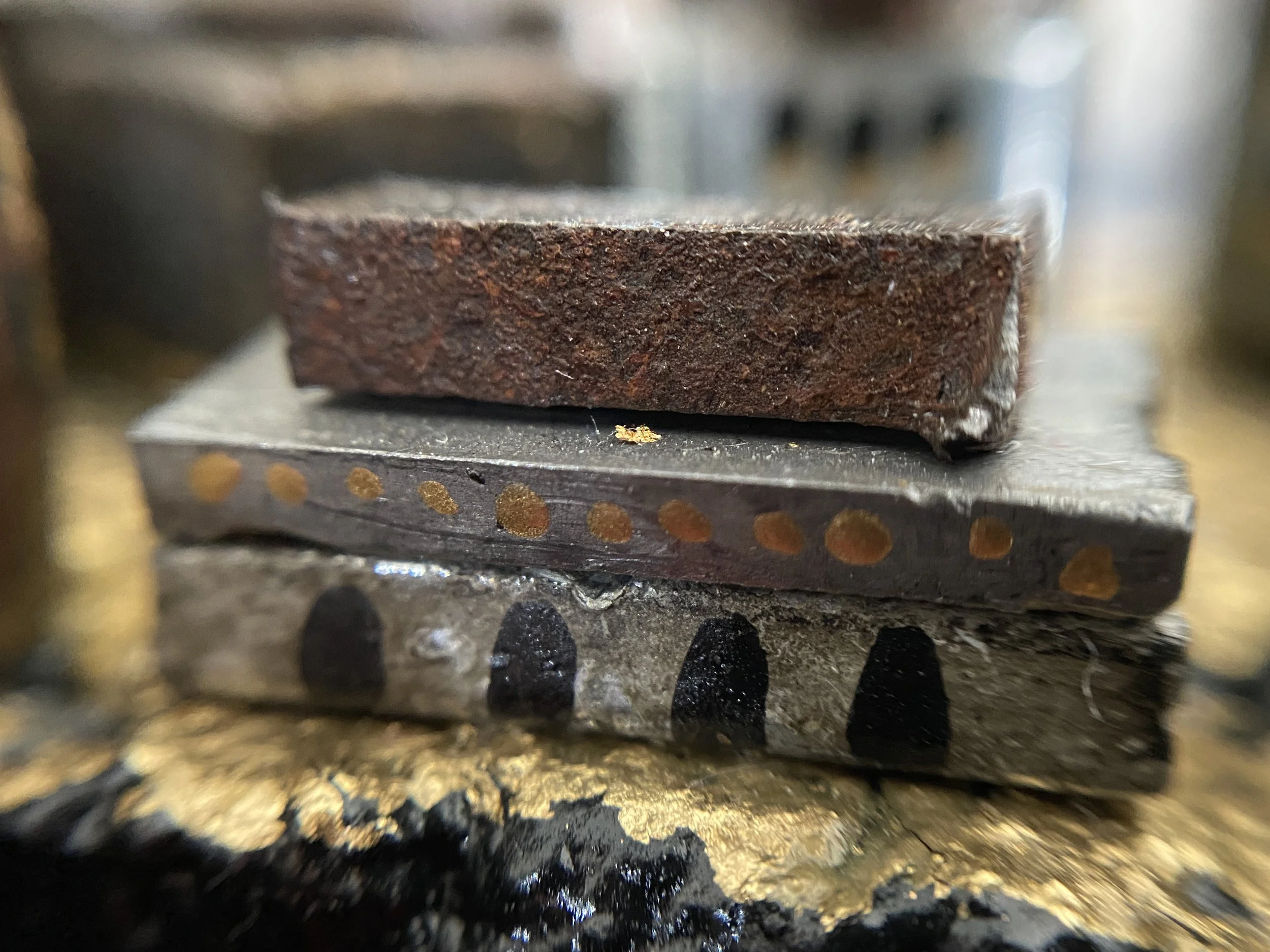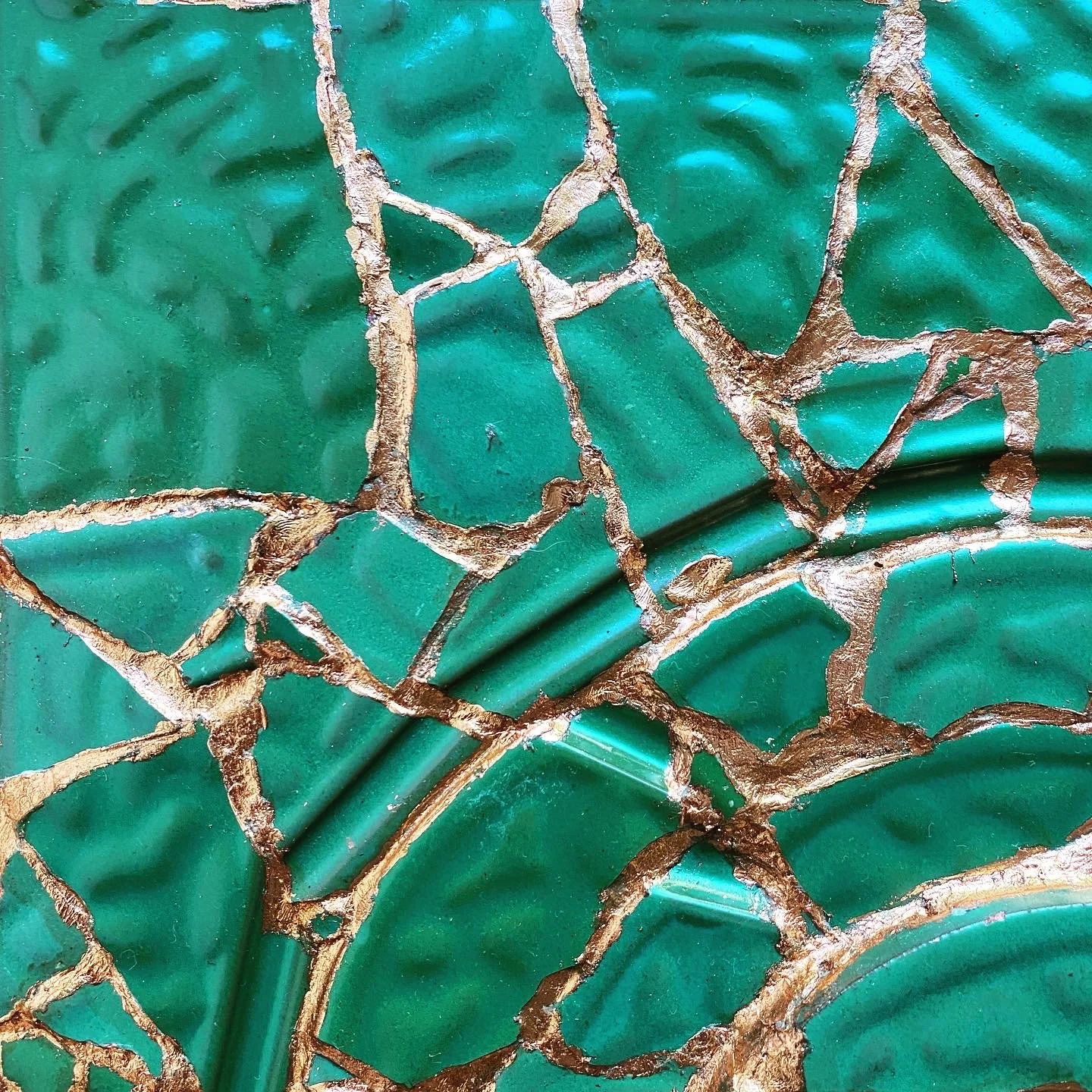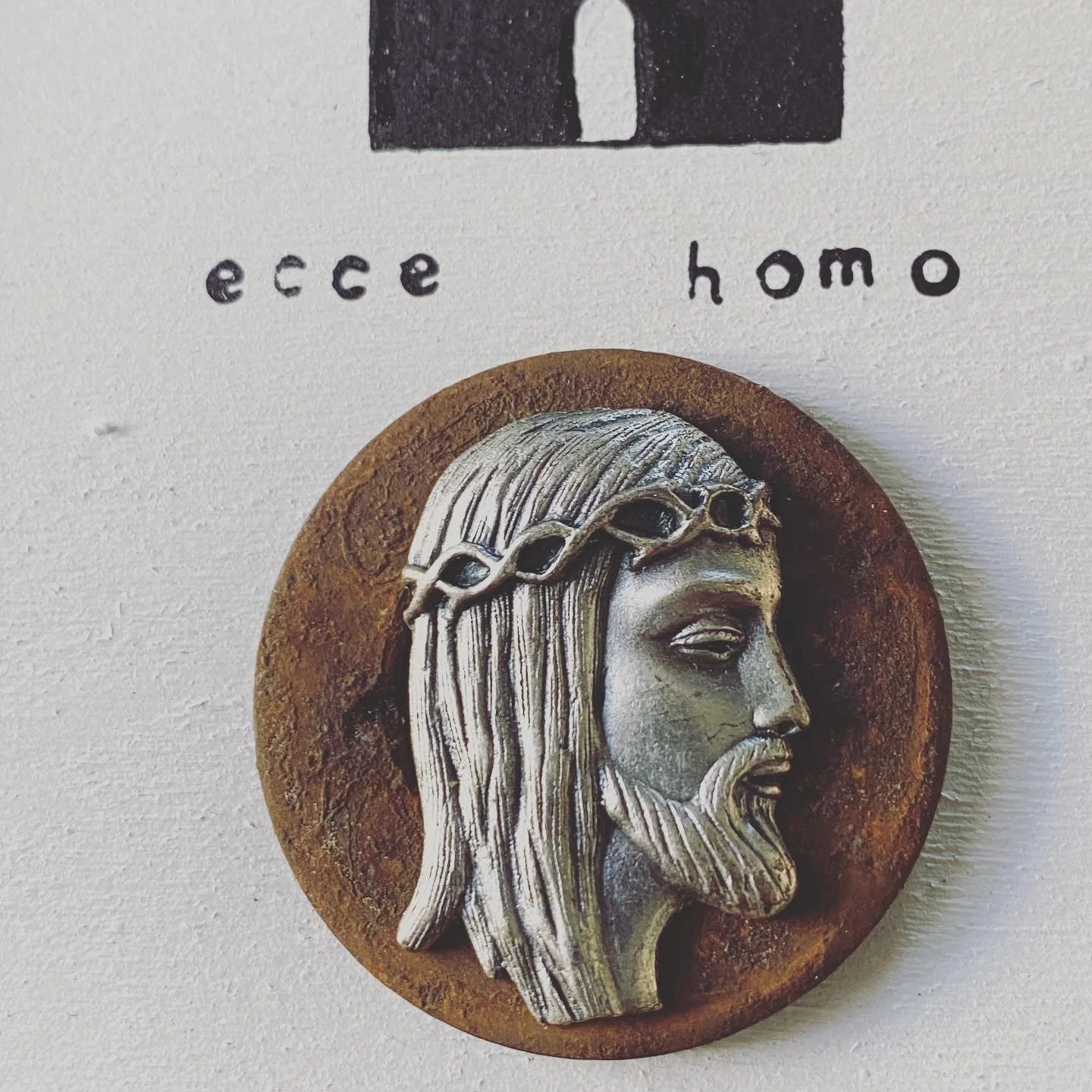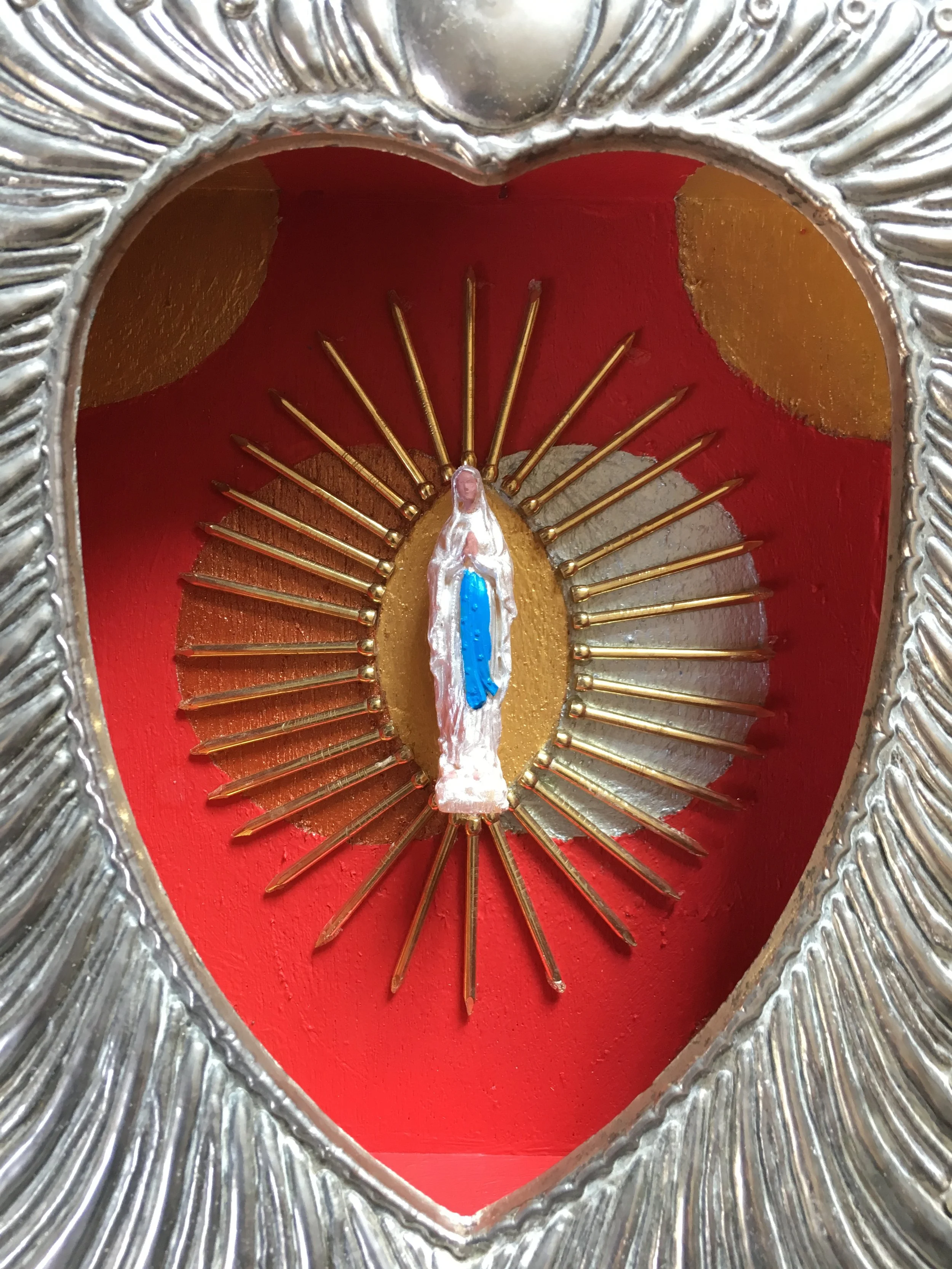























Tempio Industriale, through his artworks, tries to rediscover the religious identity of contemporary men through the simplest, and therefore authentic and sincere forms: basic drawings, humble altars, rusty icons, simple ex votos. The works of Tempio Industriale are made with the garbage of the contemporary society: scrap metal found in the street, debris forgotten in abandoned factories, forgotten religious decorations for sale in fleas markets. The poor value of the used material represent the vacuity of the products of our society, that shortly transforms everything into garbage, because a new product replaces the old one. True value is not measured by money: these humble objects want to express the popular faith and the devotion and respect that is due to the Sacred.
“Not to notice the putrefaction of the modern world is an indication of contagion" - Nicolas Gomez d’Avila, Escolios II
A serie of pictures take in 2005 in an abandoned steel mill nearby Turin transformed into contemporary holy cards. Classic religious images integrated into a forgotten landscape that once upon a time was full of life, hopes, sweat and tears.
Apparition
Last Supper
Resurrection
Via Crucis
Saint Francis
Saint Sebastian
Crucifixion
Sacred Heart of Jesus
Nativity
Trinity
"Man cannot be the end of man. If there is nothing to rise towards, man remains devoid of substance "Nikolay Berdjaev, New Middle Ages
"We must abandon modernity for the kingdom of the sacred, and build our outpost there" Alexander Dugin, The fourth political theory
“What to do in the night if not affirming the possibility of light?” Alain de Benoist
"The benefactors of humanity are not those who invent for it colossal artifacts, but those who leave small altars" - Nicolas Gomez d’Avila
Before Tempio Industriale existed the Ordine Industriale, its predecessor. Between 2004 and 2010 The Industrial Order was a group of friends with whom I went to visit the large abandoned factories left to rot on the outskirts of our city.
We were going there almost every Sunday, when others were going to church, to the mall, or to the stadium. We were celebrating the Sunday ritual of urban exploration: we strolled through the bare and dusty corridors, ate a frugal meal on the abandoned roofs, drank hot tea in the courtyards covered in wild vegetation, looked for old objects to collect.
2008